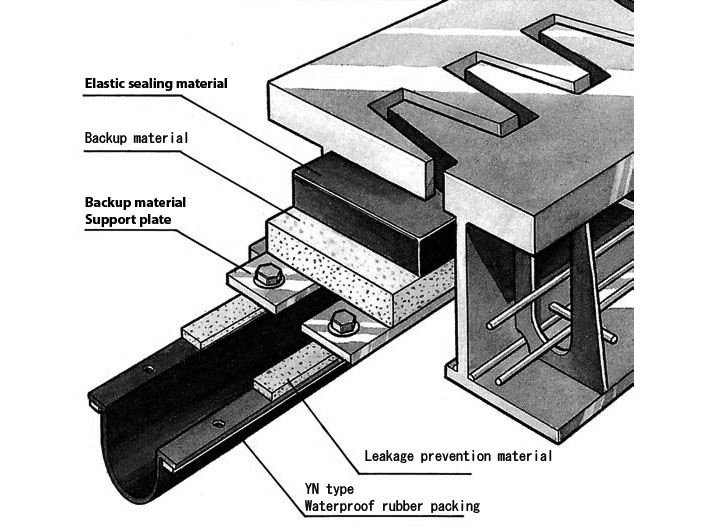Injection moulding is a widely used manufacturing process for producing high volumes of plastic components with precision and efficiency. However, one common defect that can occur during this process is called "flash." Flash refers to thin, filmy plastic edges that are connected to the shaped plastic components. In this article, we will explore the causes of flash and provide practical solutions on how to reduce it in injection moulding.

Understanding Injection Moulding
Injection moulding is a thermoplastic manufacturing process that involves heating a thermoplastic material to a liquid state and injecting it into a custom-made mould. The high pressure ensures that the plastic flows into the entire mould, filling the cavities consistently. Once the plastic cools and hardens, the shaped component is ejected from the mould. This process is commonly used for producing small or intricately designed parts and components, such as gears, knobs, bottle caps, and even medical syringes.
The Impact of Flash in Injection Moulded Parts
Flash may seem like a minor defect compared to other more critical issues in injection moulding. However, it can have significant implications for the overall quality and cost-effectiveness of the production process. While flash can be trimmed away, it requires additional time and labor that may not have been budgeted initially. Moreover, excessive trimming can lead to inconsistencies between parts and inaccuracies in the final design. Therefore, it is crucial to prevent flash from occurring in the first place.
Causes of Flash in Injection Moulding
To effectively reduce flash in injection moulding, it is essential to understand its root causes. The three primary causes of flash are:
- Inadequate Clamping: Insufficient clamping pressure can result in leaking or seepage of the melted plastic from the mould cavity, leading to flash formation.
- Poor Mold Maintenance: If the mould has not been properly maintained or has worn out, it can contribute to flash formation during the injection moulding process.
- Improper Injection Parameters: Setting the injection pressure too high can force the plastic out of the mould, resulting in flash. Additionally, if the plastic viscosity is too low, it can also contribute to flash formation.
Strategies to Prevent Flash in Injection Moulding
Preventing flash requires careful attention to the moulding process and proper tooling design. By following these strategies, you can significantly reduce the occurrence of flash in injection moulding:
1. Optimize Clamping Pressure
Ensuring adequate clamping pressure is essential to prevent flash formation. By increasing the clamp pressure, you can effectively force the mould parts shut and seal them, minimizing the chance of plastic leakage. Regularly monitoring and adjusting the clamping pressure during production runs can help maintain optimal conditions and prevent flash.
2. Fine-tune Injection Parameters
The injection speed and pressure play a crucial role in preventing flash. By testing and optimizing these parameters, you can control the flow of the molten plastic and minimize the risk of seepage. Proper venting of the mould is also important to release any trapped air, preventing flash formation. Regularly inspecting and maintaining the vents can ensure their effectiveness in preventing flash.
3. Maintain and Replace Molds
Regular maintenance of the moulds is essential to prevent flash. Cleaning the moulds between production runs and addressing any signs of wear or damage can help maintain the integrity of the mould and minimize the risk of flash formation. If a mould becomes too worn or damaged, it is crucial to replace it promptly to avoid compromising the quality of the injection moulded parts.
4. Optimize Plastic Viscosity
Controlling the viscosity of the plastic material is crucial in preventing flash. If the plastic viscosity is too low, it can contribute to excessive flow and potential flash formation. Adjusting the plastic formulation or using additives to increase viscosity can help minimize the risk of flash. Working closely with material suppliers and conducting thorough testing can ensure the optimal plastic viscosity for your specific injection moulding needs.
5. Proper Tooling Design
Investing in well-designed tooling is key to preventing flash in injection moulding. The tooling should be made from high-quality materials and designed with gates and venting in the appropriate locations. Collaborating with experienced tooling designers and manufacturers can help ensure that the tooling is optimized to minimize the risk of flash formation.
6. Work with an Experienced Team
Collaborating with an experienced injection moulding team can significantly reduce the occurrence of flash. An experienced team will have the knowledge and expertise to set up the injection moulding process correctly from the start, minimizing the chances of flash. They can also provide valuable insights and recommendations on tooling design and material selection to optimize the injection moulding process.
Conclusion
Flash in injection moulding can be a costly and time-consuming defect to address. By following the strategies outlined in this guide, you can effectively reduce flash and improve the overall quality and efficiency of your injection moulding process. Remember to optimize clamping pressure, fine-tune injection parameters, maintain and replace moulds as needed, optimize plastic viscosity, and invest in proper tooling design. By working with an experienced team and implementing these preventive measures, you can achieve high-quality injection-moulded parts with minimal flash.
For reliable injection moulding services, contact Advanced Plastiform, Inc. Our team of experts has extensive +86 137 1365 3495 or visit our website to learn more.
Keywords: how to reduce flash in injection moulding, flash in injection moulding, injection moulding process, causes of flash, prevention of flash, injection moulding strategies, optimising clamping pressure, fine-tuning injection parameters, mould maintenance, plastic viscosity, tooling design, working with an experienced team
Additional Information: It is important to note that flash can also be caused by other factors, such as inadequate cooling or improper part design. Addressing these factors may require additional measures beyond the scope of this article. It is recommended to consult with injection moulding experts for a comprehensive analysis and tailored solutions to your specific flash-related challenges.





